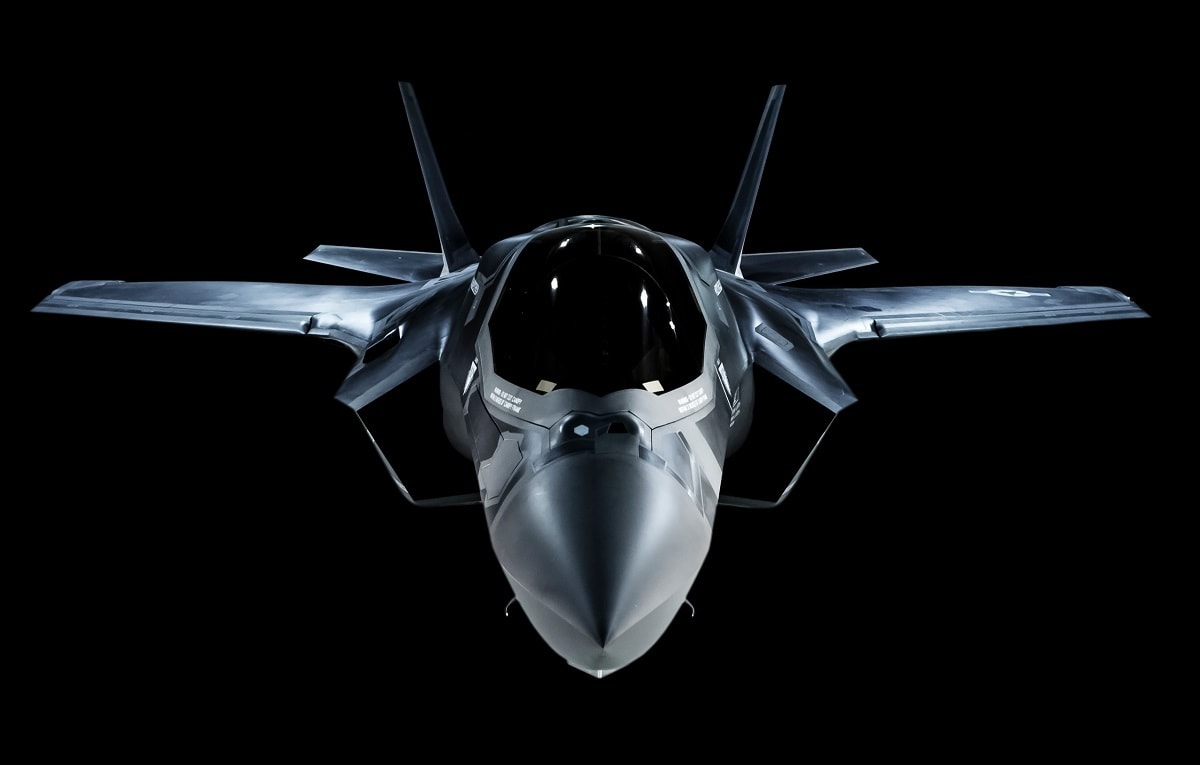Is the Navy Making a Mistake By Cutting F-35C Order? – The Lockheed Martin F-35C is the world’s first and currently only long-range stealth strike fighter that was designed and built explicitly for U.S. Navy aircraft carrier operations. As noted by Lockheed Martin, “Its configuration, embedded sensors, internal fuel, and weapons capacity, aligned edges, and state-of-the-art manufacturing processes all contribute to the F-35’s unique Very Low Observable stealth performance. This enables pilots to evade enemy detection and operate in anti-access and contested environments, improving lethality and survivability.”
The F-35C can operate as an intelligence, surveillance, and reconnaissance (ISR) asset and battle manager, and in addition share information with all networked ground, sea, and air assets in a battlespace. This capability can ensure that the Navy’s men and women in uniform can execute their mission and come home safe. The CATOBAR (Catapult Assisted Take-Off Barrier Arrested Recovery) variant is the first stealth bomber aircraft in the fleet of the U.S. Navy, and it was meant to eventually supersede the Boeing F/A-18B/C and A-6 Intruder, balancing the 480 F/A-18E/F aircraft now in service.
The U.S. Navy awarded a $39.3m contract to Lockheed Martin in April 2012 to overhaul the air system design and testing for F-35C fighter aircraft.
The F-35C carrier variant features several unique design modifications that include larger wings and tail control surfaces to meliorate low-speed control. In addition, the larger wing area can minimize the landing speeds while maximizing range and payload capacity. The naval variant was also designed to launch from the flight deck of a large aircraft carrier through a steam catapult, and it can be integrated with an Electromagnetic Aircraft Launch System (EMALS), while it can be recovered by using a tailhook arrestor.
Most of the features of the F-35 Joint Strike Fighter, including weapon loads, cockpit layout, countermeasures, and radars are retained in the F-35C variant. As with the F-35A model, the F-35C is also powered by a single Pratt & Whitney F135 turbofan engine rated at 125kN of dry thrust. The engine can generate 191.3kN of thrust afterburner.
The F-35C is currently operated by both the United States Navy and the United States Marine Corps.
F-35C Cut Back?
Yet, despite all of its advanced capabilities, the U.S. Navy announced this week that will order fewer F-35Cs in the fiscal year 2023 (FY23) than what Lockheed Martin had planned to produce under a pandemic catch-up plan. Navy officials have said they hope to use the lull to spend money on other priorities.
Due to supply chain issues, the aerospace giant – and notably the largest American defense contractor – is behind on its scheduled delivery of the F-35, and it has been working with the Navy on a “Covid smoothing delivery plan,” which was meant to get it back to pre-pandemic delivery rates by 2025. Yet, the Navy’s FY23 requests for the F-35C are now well short of what Lockheed Martin can reportedly produce under that current plan.
This could be a case of being penny smart and pound foolish, as the F-35C will offer capabilities that remained unmatched by any other aircraft in the world today.
Now a Senior Editor for 1945, Peter Suciu is a Michigan-based writer who has contributed to more than four dozen magazines, newspapers and websites. He regularly writes about military hardware, firearms history, cybersecurity and international affairs. Peter is also a Contributing Writer for Forbes.

